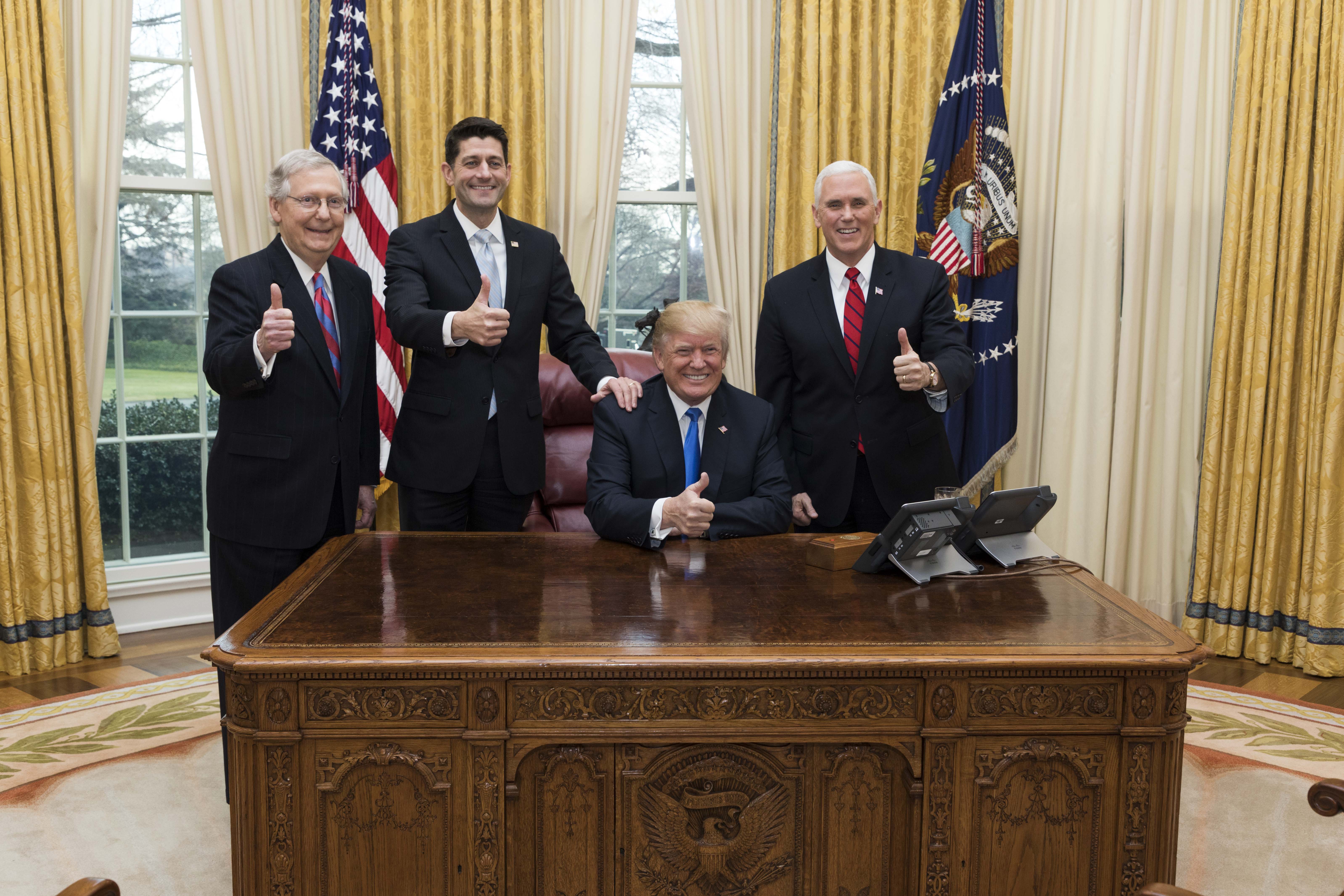Hidden within the 2018 tax reform bill is a provision that could reinvent development financing across the country. The Investment in Opportunity Act, a bipartisan amendment to the bill, encourages investment of realized capital gains in Low-Income Communities (LICs). The policy seeks to use a portion of the $6 trillion in returns from investments that has yet to be removed from the market to revitalize neighborhoods and local economies still struggling from the Great Recession. With proper regulation, this program could reinvigorate local economies and increase returns for investors. However, with poor implementation, the act will create a capital gains loophole and fail to direct resources to those who need them most.
The Investment in Opportunity Act is designed to direct resources to economically disadvantaged areas. Using census data, the Treasury Department has designated over 41,000 geographic tracts as eligible for classification as Qualified Opportunity Zones (QOZs)—tracts comprising LICs and LIC-adjacent neighborhoods of 2,500 to 8,000 people. Of the 41,000 QOZs, governors select 25 percent within their state to be the actual Opportunity Zones. To get the tax incentives, investors must reinvest their realized capital gains into Opportunity Funds (O-Funds). Due to the broad nature of O-Fund investment, governors’ choice of zones will greatly influence how the Investment in Opportunity Act is used in practice.
March 21, 2018 was the governors’ first deadline to nominate their state’s Opportunity Zones. The nomination processes differed drastically by state: Some states had a formal application process, others allowed individual nominations, and still others released zone suggestions and opened a period of public comment. Many states have requested an extension for determining the zones but a few have locked in their selections for the next 10 years. In doing so, each state faced the same challenge: balancing between areas with potential for lucrative investment and areas most in need of an economic boost.
Many states took a holistic approach to determining Opportunity Zones. However, California, which took a data-centric approach to Opportunity Zone selection, serves as an example of how this program can be manipulated. Since designations are based on 2010 census data, many of the QOZs in California are anomaly zones—areas that were LICs 8 years ago, but have since seen economic growth. These zones are attractive to investors, who see it as safer to invest in already-thriving areas. Though this possibility might elicit more investment, the practice undermines the purpose of the bill. California should prioritize its 250 zip codes considered to be either “at-risk” or “distressed” economically, not those that have already recovered from the Great Recession. To ensure that only truly low-income communities receive Opportunity Zone status, an equitable selection process must combine qualitative and quantitative evaluations.
But the investments themselves can also be exploitative. O-Funds can invest virtually anything, so long as it is within the boundaries of an Opportunity Zone. This means, for example, that an O-Fund seeking to invest in oil could do so in a rig in one of the northern Alaskan QOZs which span hundreds of miles. This type of project would likely have occurred without the Act, but now investors can use the Act as a loophole to increase their returns. Similar instances of subsidies for questionable projects could abound without the promulgation of new standards.
Fortunately, the bill gives the Treasury Department broad authority to regulate abuses of the Opportunity Zone system. Though this doesn’t guarantee effective enforcement, it allows an aggressive administration to regulate investments that do not align with the intent of the bill. This would allow the Treasury Department to prohibit O-Fund investment from flowing to environmentally and socially exploitative development, instead prioritizing investments in projects that serve low-income communities. If properly regulated, the Act could create an invaluable source of capital for mixed-income housing, renewable energy development, and other responsible investments.
By passing the Act, the federal government has forced governors into a high-stakes guessing game of economic impact. With little time and information to decide on Opportunity Zones, states have struggled to make informed selections. Soon, states and cities will have to adapt to a flood of capital pouring into their most vulnerable communities. This could serve as a huge boon to places that need a spark, as responsible investment in LICs can energize struggling economies nationwide. Without proper oversight and regulation, however, the Investment in Opportunity Act will direct capital into investments that do more harm than good.
